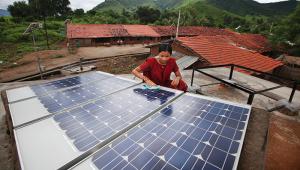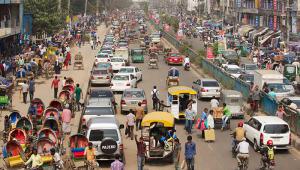In an evaluation of the Asian Development Fund (ADF), which provides low-interest loans and grants to 29 low-income countries in the region, the bank’s evaluation department said that, while some gains have been made, a renewed and more effective development effort is needed to close the gaps with the region’s more advanced economies.
Vinod Thomas, director general of independent evaluation at the ADB, said: “The challenges and threats facing Asia’s low-income countries are escalating. The good news is that some have shown good development progress, but they remain vulnerable to socio-economic and environmental shocks.
“ADB and other developmental partners in the region must increase the effectiveness of their operations in strengthening the resilience of these countries to multiple shocks, and to pursue the many opportunities for progress.”
While noting moderate rates of economic growth and poverty reduction in Asia’s low-income countries over the last decade, the evaluation found they are only slowly recovering from a series of disasters and food, fuel and financial crises in recent years.
It said the countries face growing disparities in the provision of education, health and other public services as well as environmental degradation, climate change, natural hazards and food insecurity, and will “struggle” in their pursuit of the Sustainable Development Goals.
The study, titled Asian Development Fund X and XI Operations: Opportunity amid Growing Challenges, calls for stronger project supervision and more careful analysis of fragility and conflict in areas where these risks are present.
It also encourages stronger support for social sectors, including social protection and agriculture, to complement the ADB’s core infrastructure investments.
Some 650 million people live in the countries applying for ADF resources. The top five recipients ‒ Bangladesh, Cambodia, Nepal, Pakistan and Vietnam ‒ account for two-thirds of approvals since 2004, while a number of small Pacific island states have received the highest levels on a per capita basis.
ADF-financed projects have historically had low success rates, but have improved in recent years. This study encouraged the ADB to replicate the high-performing projects it identifies wherever feasible.
A planned merger of the ADB’s ordinary capital resources and the ADF will enable the ADB to significantly increase its concessional lending and grant support to ADF countries, allowing greater investment in critical sectors that have so far seen limited support.
Benjamin Graham, the study’s principal author, called for an “infrastructure-plus approach” focusing not only on roads and power plants but also on lower-income groups and greater equity in access to basic services and employment.












